Hepatic lipase (HL) Kit de test d'activité
Note: Prenez deux ou trois échantillons différents pour la prédiction avant le test.
Équipement d'exploitation: Spectrophotomètre
Chat non: BC2380
Taille:50T/24S
Composants:
Réactif I: 100 mL×1. Stockage à 4℃.
Réactif II: 3 mL×1. Stockage à 4℃.
Réactif III: Poudre × 1. Stockage à 4℃. Avant utilisation, ajouter 30 mL d'eau distillée, fully dissolve.
Réactif IV: Poudre × 2. Storage at -20℃. Avant utilisation, ajouter 2 mL of distilled water to the one, fully dissolve. The dissolved reagent can be stored at -20 °C after repacking. Avoid repeated freeze-thaw cycles;
Standard: Poudre × 1. Avant utilisation, 6.94 mL of acetone is added to prepare a 10 μmol/mL α-naphthol
standard solution, which was fully dissolved before use.
Description du produit:
Hepatic lipase (HL) is a lipolytic enzyme synthesized in liver parenchymal cells. It is present on the surface of the liver sinusoidal endothelial cells and the surface of the hepatocyte microvilli in the sinusoidal space, and can hydrolyze various lipoproteins. The triglycerides (TG) and phospholipids (PL) in the medium change the size and density of various lipoprotein particles. When the HL and its activity in the plasma increasing, it can lead to low density lipoprotein (LDL) levels in the plasma, increase and accelerate the occurrence and development of atherosclerosis.
HL hydrolyzes α-naphthyl acetate to produce α-naphthol, which can form a purple-red azo compound with fast blue B salt. It has a characteristic absorption peak at 595 nm, and its color depth is positively correlated with liver esterase activity within a certain range.
Réactifs et équipements requis mais non fournis:
Spectrophotomètre, bain d'eau, équilibre, centrifuger, adjustable transferpettor, 1 Cuvette en verre ml, mortier/homogénéisateur, ultrasonic crusher, glace et eau distillée.
Procédure:
je. Enzyme extraction
- Tissu
According to the tissue mass (g): the volume of Reagent I (ml) is 1:5~10 to extract. It is recommended to add 1 mL of Reagent I to 0.1 g of tissue, and fully homogenize on ice bath. Centrifuge at 10000g for 10 minutes à 4℃ pour éliminer les matières insolubles, et prendre le surnageant sur la glace avant de tester.
- Bactéries ou cellules
According to the bacteria or cells (104): the volume of Reagent I (ml) is 500~1000:1. It is recommended to add 1 mL of Reagent I to 5 million of bacteria or cells. Use ultrasonication to splitting bacteria and cells (placé sur la glace, ultrasonic power 300W, temps de travail 3s, intervalle 7s, temps total 3 min). Centrifuger à, 10000g pour 10 minutes at 4℃ to remove insoluble materials and take the supernatant on ice before testing.
- Culture medium or other liquid: Détecter directement.
II. Détection
- Preheat spectrophotometer for 30 minutes, ajuster la longueur d'onde à 595 nm, mettre à zéro avec de l'eau distillée.
- Preheat reagent III at 30℃ for more than 20 minutes.
- Standard: Dilute the 10μmol/mL standard solution to 1.25, 0.625, 0.3125, 0.15625, 0.078μmol/mL with reagent I.
- Add the following reagents in 1.5 mL EP tubes:
| Contrast tube (C) | Tube à essai (T) | Tube standard (S) | Tube vierge (B) | |
| Échantillon (µL) | 100 | 100 | – | – |
| Solution standard (µL) | – | – | 100 | – |
| Réactif I (µL) | 450 | 400 | 400 | 500 |
| Réactif II (µL) | – | 50 | 50 | 50 |
| Mix and react for 10 min at 30℃ | – | – | ||
| Réactif III (µL) | 400 | 400 | 400 | 400 |
| Réactif IV (µL) | 50 | 50 | 50 | 50 |
| Mix thoroughly and detect the absorbance at 595 nm, record as AC, À, AS and AB respectively. ΔAT=(AT-AC), ΔAS=(AS-AB). A contrast tube is required for each test tube, and the standard curve need only be tested once or twice. | ||||
III. Calcul:
1.Standard curve
The concentration of standard solution as x-axis, ΔAS as y-axis, obtain the equation y=kx+b. Take ΔAT to the equation to acquire x (µmol/mL) value.
2. Calcul
- Tissue protein concentration
Définition de l'unité: One unit of enzyme activity is defined as the amount of enzyme that catalyzes the hydrolysis of α-naphthyl acetate to generate 1 μmol of α-naphthol every mg of protein in the reaction system per minute at 40℃.
HL Activity (U/mg prot)=x×Vs÷(Vs×Cpr)÷T =0.1x÷ Cpr
- Tissue weight
Définition de l'unité: One unit of enzyme activity is defined as the amount enzyme that catalyzes the hydrolysis of α-naphthyl acetate to generate 1 μmol of α-naphthol every gram of tissue in the reaction system per minute at 40℃.
HL Activity (U/g poids) = x×Vs÷(W×Vs÷Ve)÷T =0.0333x÷ W
- Liquid
Définition de l'unité: One unit of enzyme activity is defined as the amount of enzyme that catalyzes the hydrolysis of α-naphthyl acetate to generate 1 μmol of α-naphthol every milliliter of liquid sample in the reaction system per minute at 40℃.
HL Activity (U/mL) =x× Vs÷Vs÷T=0.1x
- Bacteria or cultured cells
Définition de l'unité: One unit of enzyme activity is defined as the amount of enzyme that catalyzes the hydrolysis of α-naphthyl acetate to generate 1 μmol of α-naphthol every 104 cells or bacteria in the reaction system per minute at 40℃.
HL Activity (U/104 cell) =x× Ve÷ cell amount÷ T= 0.1x÷ cell amount
Contre: Volume d'échantillon (ml), 0.1 ml; Ve: Extract solution volume, 1 ml;
Cpr: Supernatant sample protein concentration (mg/ml); T: Temps de réaction (min), 10 minutes;
W: Poids de l'échantillon, g;
Quantité de cellules: 10 thousand as unit.
Note:
- If the sample is animal liver, it is recommended to dilute the sample with reagent I more than 25 times before testing, and multiply the dilution factor in the calculation
- If the sample is serum or plasma from obese animals, it is recommended to dilute the sample with reagent I more than 5 times before testing, and multiply the dilution factor in the calculation
- When ΔA is greater than 0.8, it is recommended to measure the sample after diluting it with the reagent, and multiply it by the dilution factor in the calculation
Exemple expérimental:
- 1g rat liver was taken for sample processing, and the supernatant is diluted 24 fois, then the operation is carried out according to the operation steps. Measured and calculated by 96 well plate: ΔA = AT-AB = 0.713-0.001=0.712, and the standard curve: y = 0.6381x – 0.0005, calculate x =1.1166
HL activity (U/g masse) = x×VS ÷ (W×VS ÷ VST)÷ T ×48 = 53.597 U/g masse.
- After the turkey serum was diluted 6 fois, the operation was carried out according to the operation steps. Measured and calculated by 96 well plate: ΔA = AT-AB =0.572-0.003=0.569, and the standard curve: y = 0.6381x – 0.0005, calculate x =892
HL activity (U/g masse) = x×VS ÷ (W×VS ÷ VST)÷ T ×12 = 1.071 U/g masse
Produits connexes:
BC2340/BC2345 Lipase(LPS) Kit de test d'activité
BC0620/BC0625 Triglyceride(TG) Kit d'analyse de contenu
BC2440/BC2445 Lipoprteinlipase(LPL) Kit de test d'activité
BC0320/BC0325 Plant Lipoxygenase(LOX) Kit de test d'activité
BC0590/BC0595 Free fatty Acids(FFA) Kit d'analyse de contenu
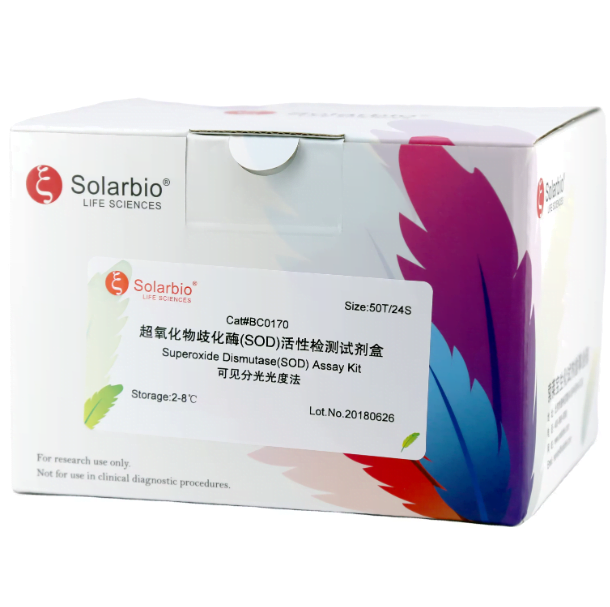
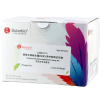
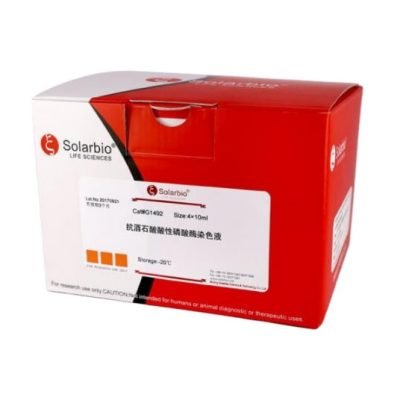
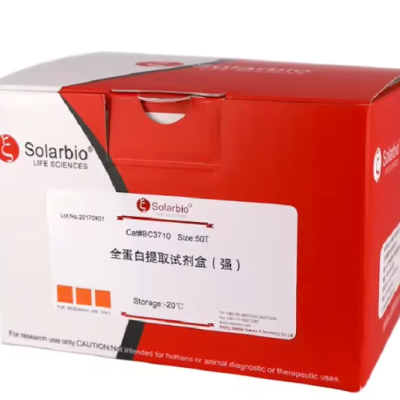
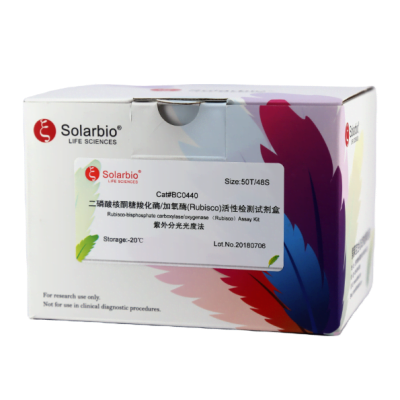
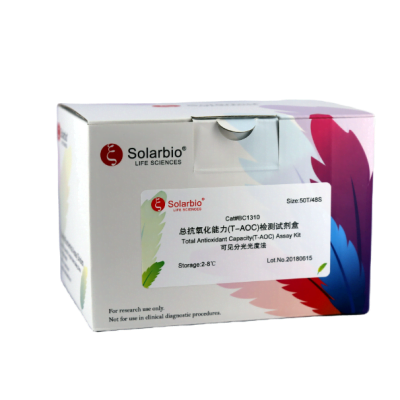
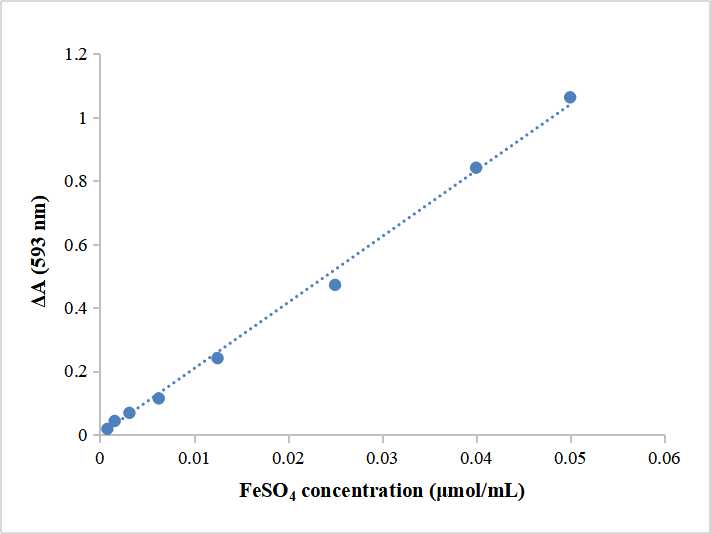
Commentaires
Il n'y a pas encore de critiques.